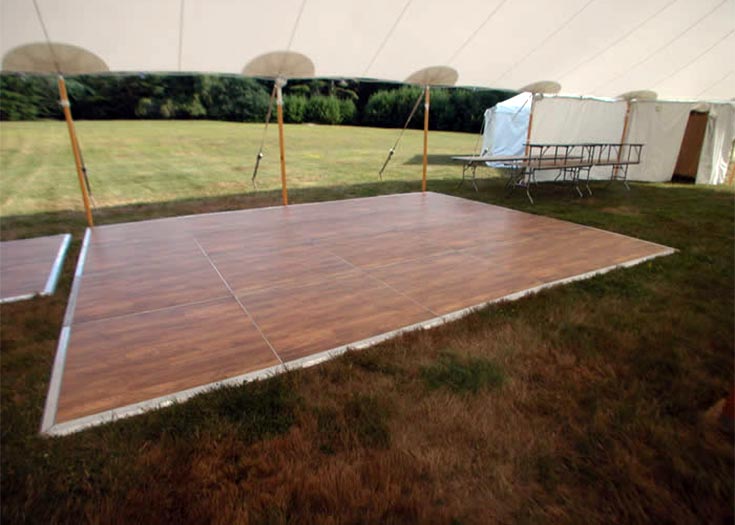Illuminating Ingenuity With Hue Principles in Illuminated Movement Surface Creations
Illuminating Ingenuity With Hue Principles in Illuminated Movement Surface Creations
Blog Article
Color theory is an crucial aspect of design, particularly as it comes to creating LED dance surfaces. The interplay of colors can significantly influence the atmosphere and energy of a space. Through understanding how hues work together, designers can create an environment that enhances the total encounter for dancers. This article examines the basics of hue principles and its use in light-emitting diode dancing floor layouts.
The primary hues are red, blue, and yellow. These colors cannot be made by mixing other hues combined. Intermediate colors, such as green, orange, and purple, are formed by combining main colors. Tertiary colors are created by combining a main color with a intermediate hue. Grasping these fundamental connections helps creators choose colors that enhance one another and produce a aesthetically appealing show. Mixing these hues on an LED dance floor can lead to vibrant and stimulating effects that capture the focus of participants.
Hue temperature also holds a key part in aesthetics. Hues can be classified as hot or cool. Hot go now hues, such as crimson, tangerine, and yellow, tend to elicit emotions of enthusiasm and warmth. In opposition, chill colors like azure, green, and violet typically create a serene and tranquil atmosphere. Creators can use these hue values to establish the ambiance for various types of events. For instance, a party atmosphere may gain from warm colors that energize the crowd, while a more relaxed event might use cool colors to provide a soothing effect.
In addition to hue pairings and temperature, brightness and saturation are vital elements to take into account. Brightness refers to how light or dark a color looks, while intensity measures the intensity of a color. Bright, intense colors can create a lively and energetic environment, perfect for dancing floors. On the contrary hand, gentler, less saturated hues can create a more muted environment. By adjusting brightness and saturation, designers can attract focus to particular areas of the dance floor or establish sight routes, guiding dancers through the venue.
Finally, it is crucial to take into account the psychological impacts of color in light-emitting diode dancing surface designs. Different colors can elicit different emotions and responses. For instance, crimson is often associated with passion and vitality, while azure can be soothing and peaceful. Understanding these connections enables designers to tactically use hues to affect the actions dance floor rental for special milestones of participants. By incorporating hue principles into LED dance surface layouts, designers can enhance the overall experience, rendering it unforgettable and pleasurable for everyone involved.